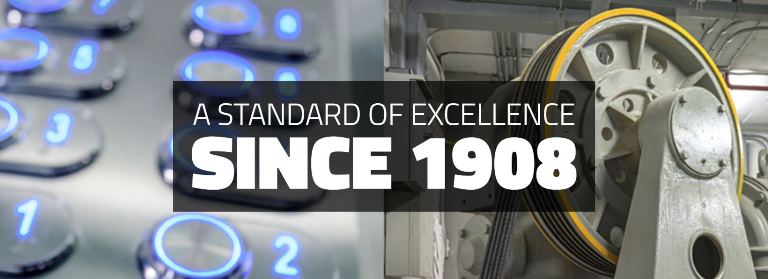This will be the 3rd of a few posts on elevator door
restrictors. We get a lot of questions
in our area about door restrictors when some of the restrictors begin
failing. Many in our area haven’t worked
for years due to entrapments. We get asked; Why did it fail? What is the next
step? We say “replace it with XY or
Z”. But many building owners have no
idea what a door restrictor is or the differences between the different types.
What is a door
restrictor? – A door restrictor is a device that restricts the
elevator car door from opening more than 4” when it is outside the landing
zone. The landing zone is typically 18”
above or below the floor. Essentially
this device traps someone in the car so they cannot get out of the car and fall
below the car down the hoistway. An
elevator person or emergency services should be called to get a person out
safely.
Why did the door
restrictor come about? – I know there are people out there
that can explain or tell this more accurately than myself, but, from what I
know there was a series of accidents within a short period of time with people
getting out of an elevator that was out of the landing zone and they fell down
the hoistway and got seriously injured or died.
I believe a few of these accidents occurred in Chicago in the 1990’s.
The SEES door restrictor is newer to our Chicago
market. Dover/Otis had been using a
similar restrictor for years, I’m not sure why it took a while for it to hit
the open market. This restrictor if it
can be installed is great, all mechanical, no failure points.
There will be 3 restrictors we discuss pros and cons for,
the SEES mechanical door restrictor is a great restrictor our preferred for most of our projects.
[Car door restrictor vane - notice it is retractable]
[Flags placed on the hatch door to "restrict" the car door]
Pros
1.
Easy to install
2.
Reliable
3.
No electronic parts
Cons
1.
Cannot be installed on all elevators
Purpose of this
information - We frequently see on elevator violations “Repair door
restrictor” or we see entrapments due to malfunctioning door restrictors. If a building has a door restrictor from the
1990’s, 2000’s there may be a better replacement such as a door clutch
mechanical restrictor or a SEES style door restrictor or replace with a newer
version of the Adam’s Hatch Latch.
As
always feel free to contact us at www.colleyelevator.com, email Craigz@colleyelevator.com or call 630-766-7230.







